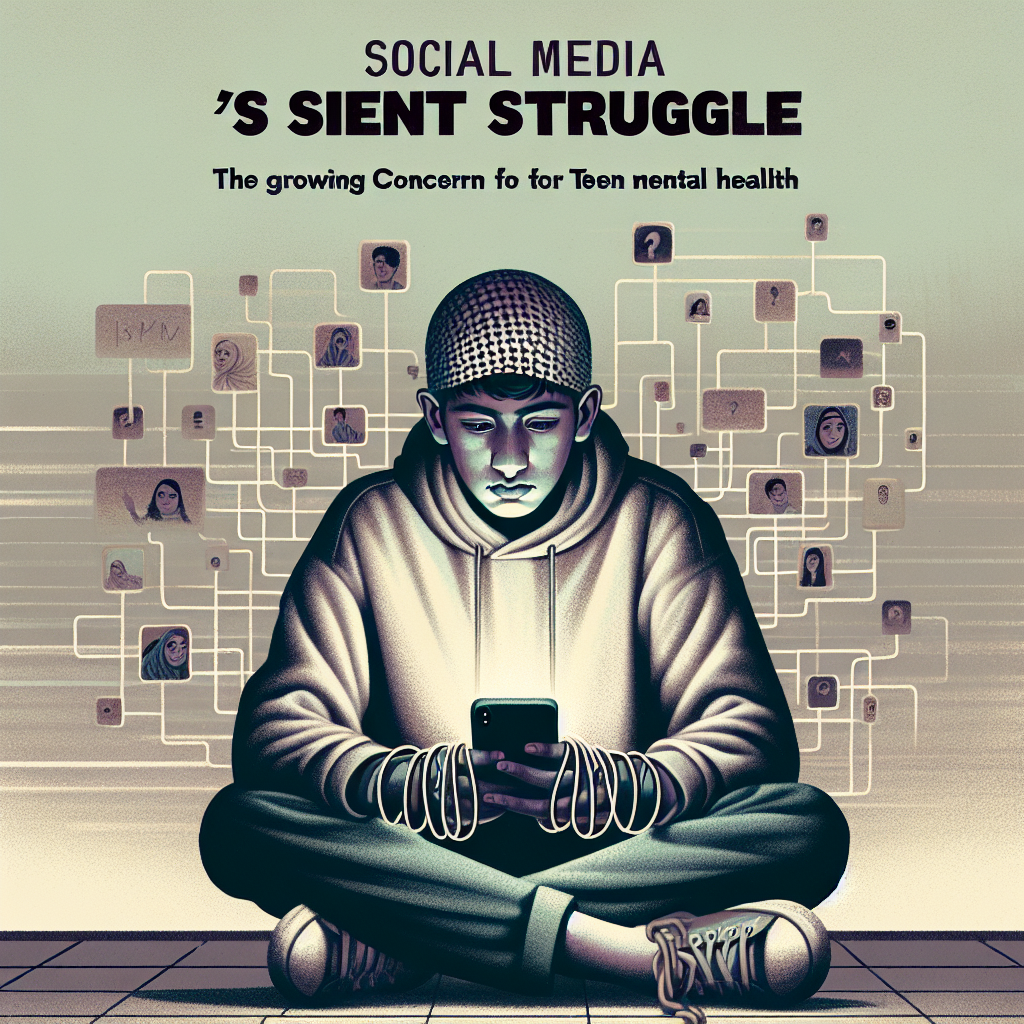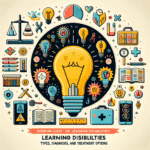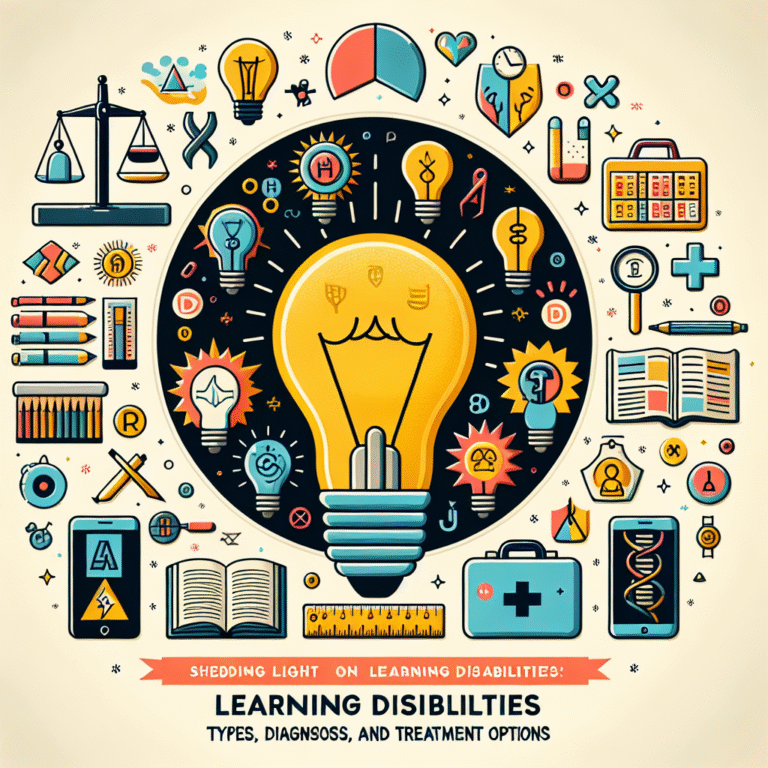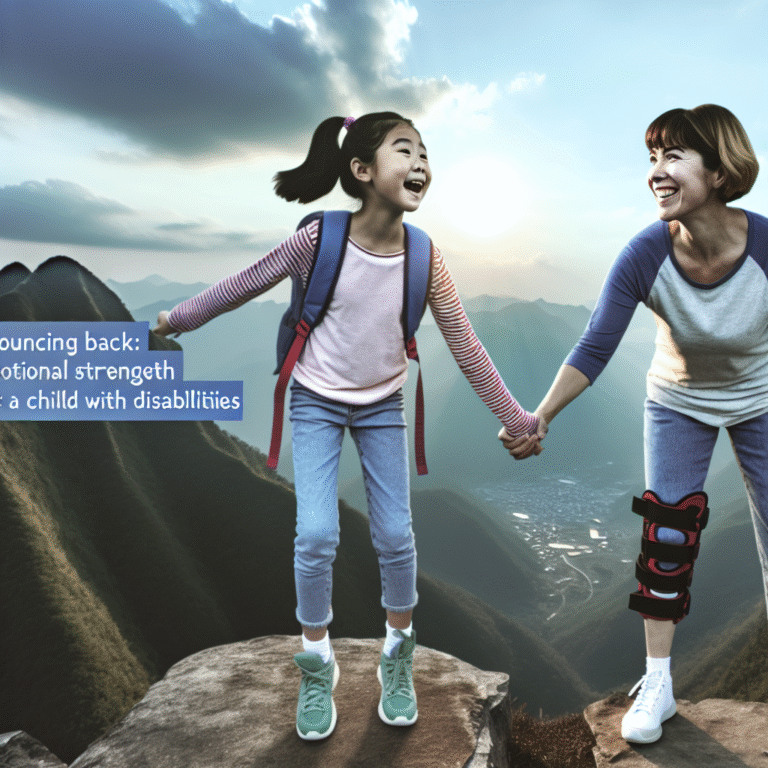
Social Media’s Silent Struggle: The Growing Concern for Teen Mental Health
Introduction
In today’s digital age, social media platforms serve as an integral part of daily life for many teenagers. With billions of users sharing moments and experiences globally, it becomes a double-edged sword. While social media can serve as a vehicle of connection and expression, it simultaneously poses a significant threat to the mental well-being of its younger users. Social Media’s Silent Struggle: The Growing Concern for Teen Mental Health encapsulates this intricate dynamic—offering both a platform for social belonging and a breeding ground for anxiety, depression, and other mental health issues. Today, we take a deep dive into this pressing issue and explore actionable insights that can lead to healthier online experiences for our youth.
The Digital Landscape: A Changing Paradigm
Before we delve deeper into the mental health issues stemming from social media use, it’s essential to understand the context in which these platforms operate.
The Rise of Social Media
The rise of social media began in the early 2000s with platforms like MySpace and Facebook, evolving into sophisticated tools for interaction with the emergence of Instagram, Snapchat, and TikTok. The accessibility of these platforms has led to staggering statistics:
- Over 90% of teenagers use social media regularly.
- On average, teens spend 3 hours per day on these platforms.
Case Study: The Impact of Instagram on Teen Self-Esteem
A study conducted by the American Psychological Association found that Instagram is often correlated with increased self-esteem issues among its teenage users. In this study, teenagers reported feeling inadequate when comparing their lives to the seemingly perfect images they encountered on their feeds.
Analysis: This case study highlights the disconnect between online portrayals and real-life experiences, setting the stage for self-esteem issues and the broader implications for Social Media’s Silent Struggle: The Growing Concern for Teen Mental Health.
The Psychological Toll of Social Media
The pressures of maintaining an online persona can lead to various psychological issues such as anxiety, depression, and body image concerns.
Anxiety and Depression: A Growing Epidemic
According to a report by the National Institute of Mental Health, anxiety disorders affect more than 31% of adolescents. Researchers agree that social media exacerbates these issues by fostering environments ripe for comparison and validation through likes and shares.
Data Illustration: Teen Mental Health and Social Media Use
| Mental Health Concern | Percentage Affected |
|---|---|
| Anxiety Disorders | 31% |
| Depression | 13% |
| Body Image Issues | 35% |
| Cyberbullying Victims | 15% |
This table demonstrates the alarming connection between social media usage and mental health challenges among teens, further corroborating Social Media’s Silent Struggle: The Growing Concern for Teen Mental Health.
The Cycle of Comparison
Social media thrives on visuals that often exaggerate reality. The phenomenon known as "FOMO" (Fear of Missing Out) can cause feelings of exclusion and sadness for those who perceive their peers as leading more exciting lives.
Case Study: The Reality Behind “Perfect” Lives
A qualitative study that analyzed the impact of FOMO on youth found that teens experiencing this phenomenon engaged in increased social media usage to alleviate those feelings, leading them into a vicious cycle of dependency and heightened anxiety.
Analysis: This underscores the ongoing Silent Struggle that teenagers face, revealing how the pursuit of social validation can lead to a detrimental impact on mental health.
The Role of Cyberbullying
Despite advances in awareness, cyberbullying remains a pervasive problem on social media.
The Prevalence of Cyberbullying
The statistics are unsettling; the Cyberbullying Research Center reports that approximately 20% of teenagers experience cyberbullying. The anonymity of the online world often emboldens individuals to bully others, causing emotional trauma that can last a lifetime.
Case Study: The Tragic Impact
The case of Amanda Todd, who fell victim to cyberbullying, illustrates the severe repercussions these behaviors can entail. Amanda’s tragic story highlights the urgent need for awareness and action against cyberbullying in the context of Social Media’s Silent Struggle: The Growing Concern for Teen Mental Health.
Analysis: It emphasizes the need for supportive environments both online and offline that foster resilience among teenagers.
Digital Detox: A Path to Recovery
While the challenges associated with social media can seem overwhelming, there are strategies that can facilitate healthier engagements.
The Benefits of Taking Breaks
Research suggests that taking regular breaks from social media can significantly improve mood and mental health. Schools and parents encourage "digital detox" initiatives to help children reconnect with themselves and their surroundings.
Table: Ways to Implement a Digital Detox
| Activity | Benefits |
|---|---|
| Limiting Social Media Time | Reduces anxiety |
| Engaging in Offline Activities | Enhances mood |
| Practicing Mindfulness | Increases self-awareness |
This table illustrates actionable steps that can be taken to mitigate the effects of social media on mental health, offering solutions to Social Media’s Silent Struggle.
The Role of Parents and Educators
Engagement from parents and educators is paramount in addressing these issues. Open conversations about the impacts of social media can foster resilience among teenagers.
Strategies for Encouragement
- Facilitate Open Dialogue: Encourage teens to share their online experiences without fear of retribution.
- Monitor Usage: Help teens keep track of their social media interactions, guiding them toward healthier habits.
- Incorporate Social Media Literacy in Education: Schools should develop curricula that focus on navigating social media safely.
Case Study: Social Media Awareness Programs
A prominent high school in California saw a 40% decrease in reported cases of anxiety and depression after implementing social media awareness programs that included workshops and parental guidance.
Analysis: This case serves as a powerful testament to the changing narrative surrounding Social Media’s Silent Struggle—one that involves community and familial support.
Conclusion
As we navigate this digital era, understanding the complexities of Social Media’s Silent Struggle: The Growing Concern for Teen Mental Health becomes increasingly vital. The statistics and case studies discussed paint a vivid picture of the challenges teens face today.
However, by fostering open dialogues, implementing digital detox strategies, and encouraging supportive communities, we can create healthier environments for our youth. To ensure our teenagers thrive in a balanced way, it’s crucial for parents, educators, and teens themselves to take actionable steps toward a more mindful use of social media.
Takeaway
Every teenager deserves a supportive environment in which they can flourish, both online and offline. By being aware of the issues and actively engaging in mitigating them, we can begin to reverse the trends of anxiety and depression linked to social media use.
FAQs
1. What are the main mental health issues associated with social media use among teens?
Common issues include anxiety, depression, body image concerns, and cyberbullying, all exacerbated by social media platforms.
2. How can I talk to my child about their social media use?
Start an open and non-judgmental conversation, encourage them to share their experiences, and be supportive of their feelings.
3. Is there a recommended amount of time teens should spend on social media?
While it’s subjective, many experts suggest teens limit their social media use to 1-2 hours per day to reduce the risk of mental health issues.
4. What should I do if I suspect my child is a victim of cyberbullying?
Encourage them to talk about their experiences, report the bullying to the platform, and consider involving school authorities if necessary.
5. Are there any resources to help implement a digital detox?
Various apps and tools can help track screen time and limit exposure. Community programs often offer workshops and resources for managing social media usage healthily.
By understanding Social Media’s Silent Struggle: The Growing Concern for Teen Mental Health, we take the first step toward creating a more positive digital landscape for our youth. Together, we can make a difference, nurture our teens, and pave a path toward mental resilience.










